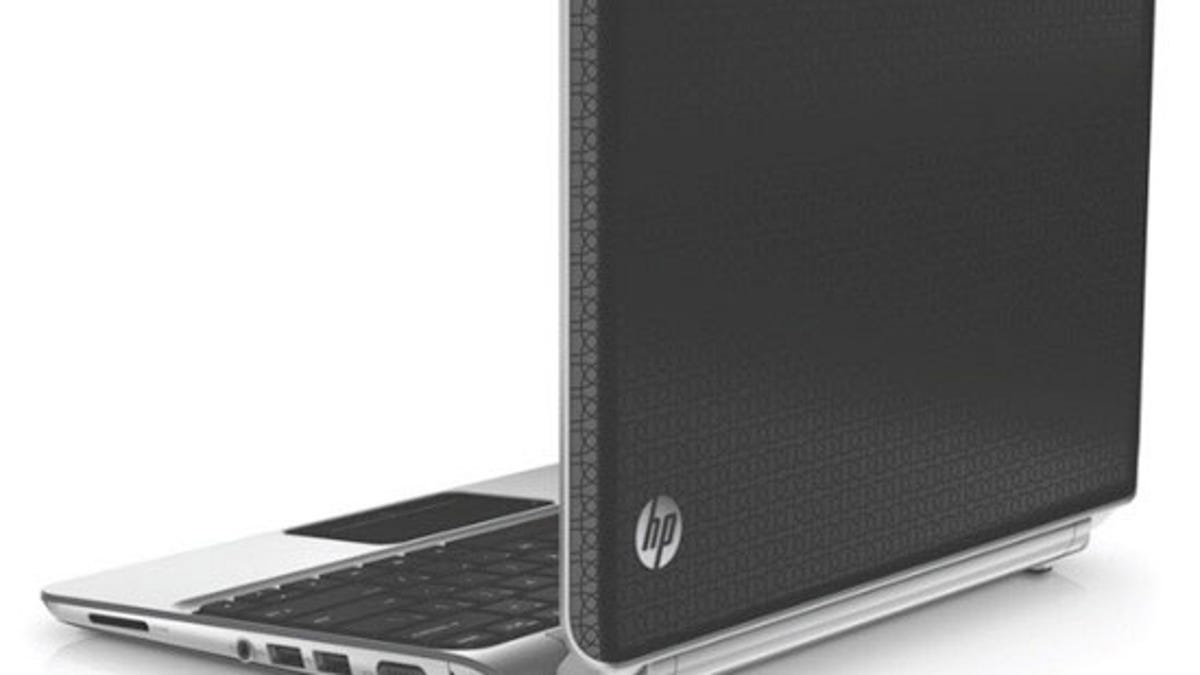Three mistakes I made with my last laptop
Shopping for a new portable PC? I bought one not long ago, and there are three things I wish I'd done differently. Don't make the same mistakes.
I pride myself on being a pretty smart shopper, especially when it comes to tech, but sometimes even I make mistakes. (I know. Hard to believe!)
For example, a few months back I purchased a new laptop. The make and model aren't important; I'll simply say that I was looking for something slim and lightweight that offered above-average battery life. And, of course, me being the Cheapskate, something wallet-friendly.
After reading some reviews (professional and user alike), I found a system that seemed perfect. But it wasn't long before I discovered a few usability quirks that really detract from my enjoyment. If you're in the market for a new laptop of your own, consider the three things I wish I'd done differently.
1. Choosing a regular hard drive instead of an SSD.
My new machine had pretty decent specs -- a robust processor, plenty of RAM -- but dang if it wasn't a slowpoke. It seemed to take longer to boot than the three-year-old laptop it was replacing -- even after I'd cleared out the manufacturer's shovelware. Maddening.
The culprit: the manufacturer's pokey 5,400-rpm hard drive. I know this because I replaced it with a solid-state drive (SSD), and performance improved considerably. The system literally booted and shut down twice as fast (I clocked it), and programs loaded with snappy efficiency instead of draggy lethargy. (OK, I know software can't be lethargic -- but it sure seemed that way.)
SSD prices have plummeted in recent months, and although laptop manufacturers still charge a hefty premium for them, I think the performance and battery-life benefits are worth the extra cash.
Of course, you can always do like I did and install one yourself, probably saving some money in the process. (Example: I recently posted a 120GB SSD for $69.99. That deal has ended, but you get the idea.) You'll end up with less total storage, but ask yourself how much you really need.
2. Getting a glossy screen.
I'm not sure when laptop manufacturers collectively decided that glossy, ultra-reflective LCDs were a good idea, but they serve only one useful purpose: to let you watch for assassins sneaking up behind you.
Seriously, glossy screens are the worst. They show every smudge and fingerprint, reflect every overhead light, and mirror everything in front of them. I don't know about you, but the last thing I want to see on my computer screen is my own hideous mug.
Never, ever again. I won't buy another laptop that has a glossy screen, not when there are models that have matte finishes. The only tricky part is knowing what kind of screen a particular laptop has, as not all manufacturers list that detail in their specs. But whether you have to drive to a store for an eyes-on appraisal or call the company's sales department, find out before you buy.
3. Not field-testing the touch pad.
Not all touch pads are created equal. The one on my laptop has a textured, rather than smooth, surface, and it's slow to respond to multi-touch gestures. Plus, taps don't always register unless I put my finger down with a bit of force.
In other words, it's not comfortable to use, and it doesn't work well. That's unacceptable, because a touch pad is arguably the single most important feature in a laptop.
Recently I helped my dad pick out a new system, and we started our shopping at Best Buy. For each model we were considering, the first thing I did was try a two-finger drag on the touch pad, which is how you scroll documents and Web pages. If the scrolling wasn't smooth or the feature was disabled, we moved on.
The moral of the story: whenever possible, field-test the touch pad. If you're buying a laptop online or don't have a big-box store near you, find out as much as you can by reading user reviews and browsing user forums related to that model. This may sound like a minor issue, but trust me when I say if you're disappointed with the touch pad, you'll be disappointed with the laptop on the whole.
Apple's MacBooks set the touch pad gold standard; Windows laptop manufacturers need to step up their game.
Have you purchased a new laptop recently? If so, what would you have done differently?


